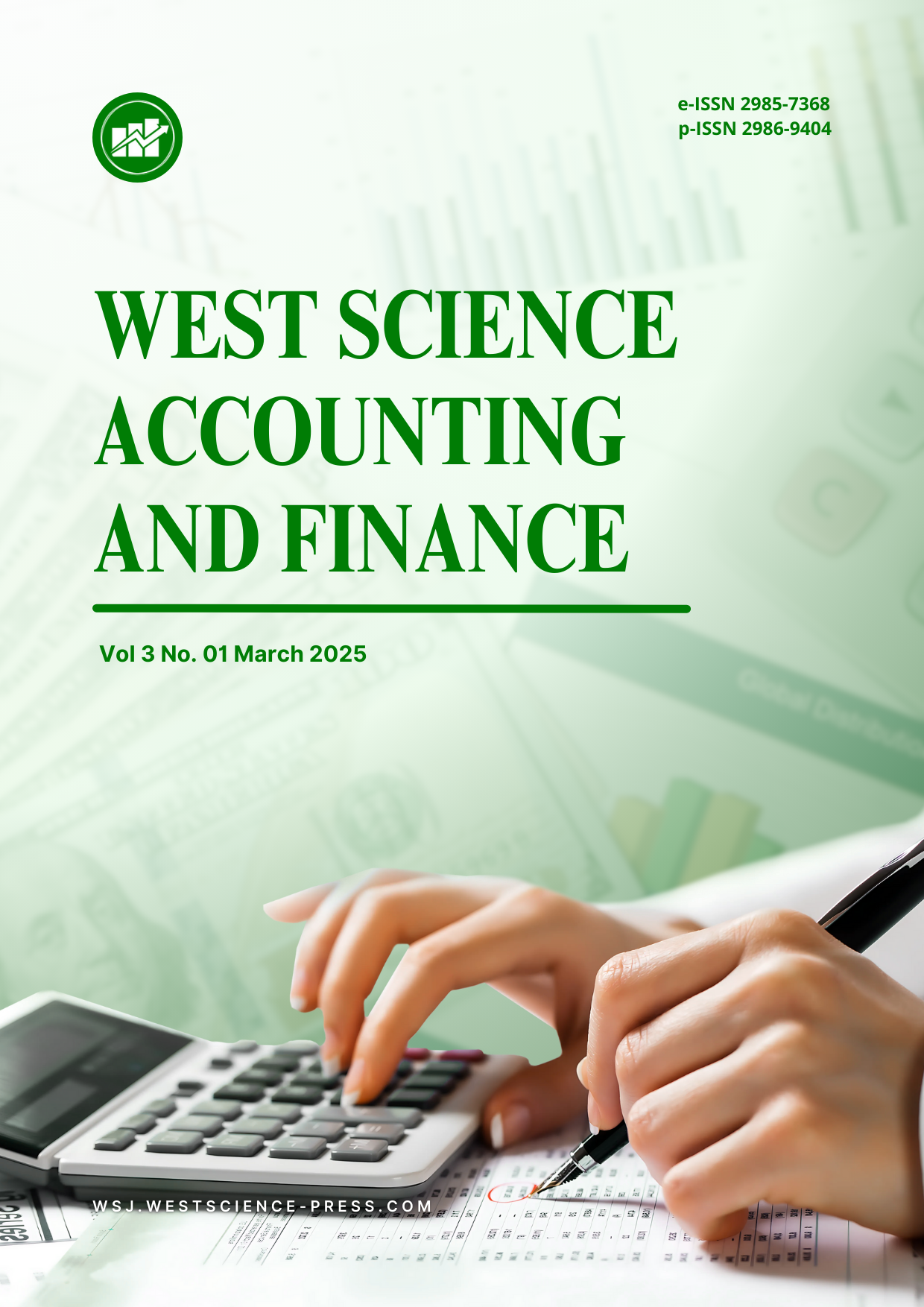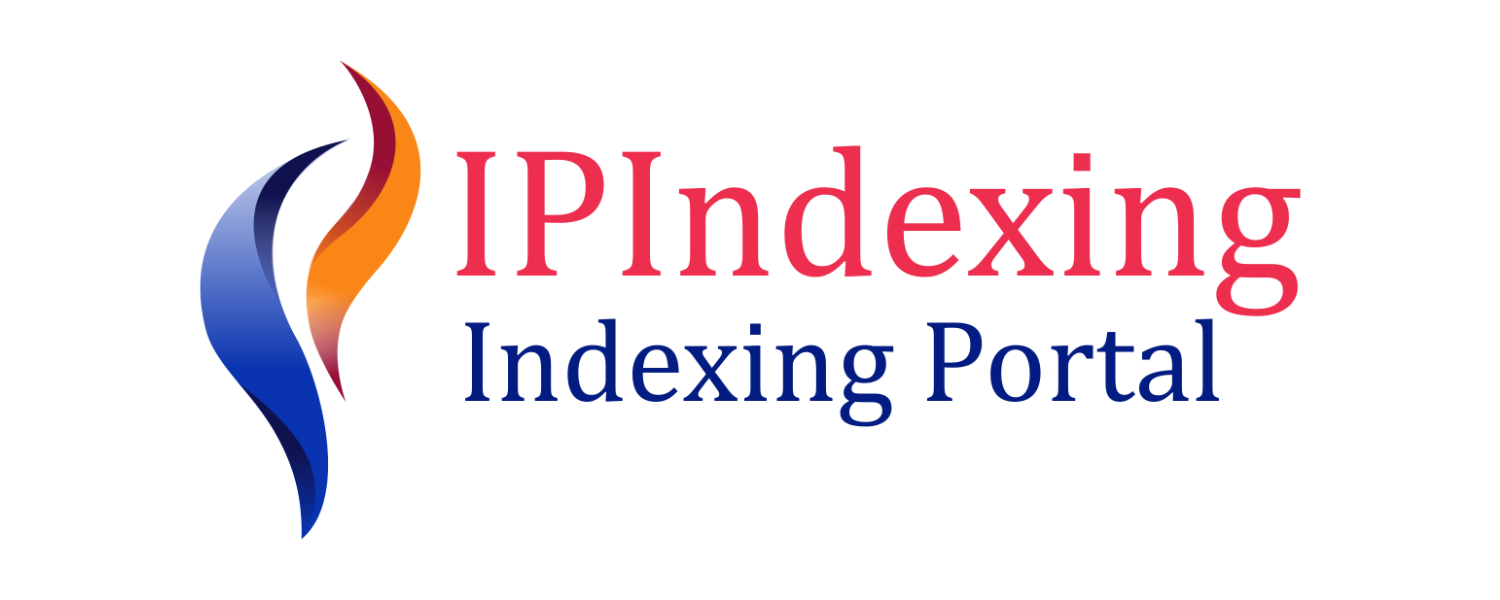Perceptions of Accountants and Finance Managers on the Use of XBRL in Financial Reporting
DOI:
https://doi.org/10.58812/wsaf.v3i01.1809Keywords:
XBRL, Financial Reporting, Perceptions of Accountants, IndonesiaAbstract
This study explores the perceptions of accountants and finance managers regarding the adoption of eXtensible Business Reporting Language (XBRL) in financial reporting within the Indonesian context. Using a qualitative approach, data were collected from five informants and analyzed using NVivo software. The findings reveal that XBRL significantly enhances efficiency, accuracy, and compliance in financial reporting. However, challenges such as technical complexity, high implementation costs, and resistance to change hinder its adoption, particularly among smaller organizations. The study highlights the importance of management support, tailored training programs, and government initiatives to promote XBRL adoption. These insights contribute to a deeper understanding of how digital technologies can transform financial reporting practices, offering practical recommendations for overcoming adoption barriers.
References
[1] Z. Wang, “Financial reporting with XBRL and its impact on the accounting profession.” 2015.
[2] R. Venkatesh and J. Armitage, “Accountants awareness and perceptions about assurance on XBRL financial statements,” J. Appl. Bus. Res., vol. 28, no. 2, pp. 145–154, 2012.
[3] J. L. Birt, K. Muthusamy, and P. Bir, “XBRL and the qualitative characteristics of useful financial information,” Account. Res. J., vol. 30, no. 01, pp. 107–126, 2017.
[4] E. E. Alharasis, “The implementation of IFRS electronic financial reporting–XBRL and usefulness of financial information: evidence from Jordanian finance industry,” Int. J. Law Manag., 2025.
[5] A. Ilias, E. K. Ghani, and Z. Azhar, “XBRL adoption in Malaysia: Perception of the accountants and auditors,” in International Conference on Accounting Studies, 2017, pp. 18–20.
[6] T. Dunne, C. Helliar, A. Lymer, and R. Mousa, XBRL: The views of stakeholders. Association of Chartered Certified Accountants, 2009.
[7] M. S. Bajaher, “Exploring user perception of XBRL adoption and its impact on accounting data in the Saudi context,” Electron. J. Univ. Aden Humanit. Soc. Sci., vol. 4, no. 1, pp. 184–192, 2023.
[8] E. K. Ghani, J. Said, and K. Muhammad, “Enhancing corporate governance via XBRL: Preparers’ perception on compatibility expectation,” Procedia-Social Behav. Sci., vol. 145, pp. 308–315, 2014.
[9] H. Hentati, M. B. Maktouf, and N. B. Taktak, “The behavioral intention to adopt XBRL in the accounting firms: Tunisian context,” Account. Manag. Inf. Syst., vol. 20, no. 1, pp. 132–153, 2021.
[10] C. E. Ib, I. Jide, and A. A. Zik-Rullahi, “The impact of XBRL on financial reporting: A conceptual analysis,” Int. J. Empir. Financ., vol. 4, no. 2, pp. 78–85, 2015.
[11] H. Singh and A. Singh, “Understanding inhibitors to XBRL adoption: an empirical investigation,” Account. Res. J., vol. 35, no. 5, pp. 598–615, 2022.
[12] T. Bani-Khalid, A. El-Dalabeeh, and A. Al-Adamat, “The effect of XBRL adoption on information symmetry in companies’ financial reports through knowledge management: Perceptions of employees of the Jordan securities commission,” Accounting, vol. 7, no. 3, pp. 629–634, 2021.
[13] V. Tawiah and H. Borgi, “Impact of XBRL adoption on financial reporting quality: a global evidence,” Account. Res. J., vol. 35, no. 6, pp. 815–833, 2022.
[14] I. Troshani, L. D. Parker, and A. Lymer, “Institutionalising XBRL for financial reporting: resorting to regulation,” Account. Bus. Res., vol. 45, no. 2, pp. 196–228, 2015.
[15] M. Nofel, M. Marzouk, H. Elbardan, R. Saleh, and A. Mogahed, “From sensors to standardized financial reports: A proposed automated accounting system integrating IoT, Blockchain, and XBRL,” J. Risk Financ. Manag., vol. 17, no. 10, p. 445, 2024.
[16] M. A. Vasarhelyi, D. Y. Chan, and J. P. Krahel, “Consequences of XBRL standardization on financial statement data,” J. Inf. Syst., vol. 26, no. 1, pp. 155–167, 2012.
[17] R. Uyob, K. M. K. Bahador, and R. A. J. Saad, “Financial reporting preparer’s satisfaction and intention to switch to XBRL reporting: a model,” J. Entrep. Bus., vol. 10, no. 2, pp. 85–105, 2022.
[18] T. Dunne, C. Helliar, A. Lymer, and R. Mousa, “Stakeholder engagement in internet financial reporting: The diffusion of XBRL in the UK,” Br. Account. Rev., vol. 45, no. 3, pp. 167–182, 2013.
[19] M. Al-Okaily, H. Alkayed, and A. Al-Okaily, “Does XBRL adoption increase financial information transparency in digital disclosure environment? Insights from emerging markets,” Int. J. Inf. Manag. Data Insights, vol. 4, no. 1, p. 100228, 2024.
[20] M. Ogundeji, E. Oluwakayode, and O. M. Tijiani, “Critical factors of XBRL adoption in Nigeria: A case for semantic model-based digital financial reporting,” Comput. Sci. Inf. Technol., vol. 2, no. 1, pp. 14–54, 2014.
[21] M. Aksoy, M. K. Yilmaz, N. Topcu, and Ö. Uysal, “The impact of ownership structure, board attributes and XBRL mandate on timeliness of financial reporting: evidence from Turkey,” J. Appl. Account. Res., vol. 22, no. 4, pp. 706–731, 2021.
[22] Z. Sanad and A. M. A. M. Al-Sartawi, “The adoption of extensible business reporting language: an empirical investigation of the perceptions of accounting professionals,” Int. J. Crit. Infrastructures, vol. 20, no. 6, pp. 557–578, 2024.
Downloads
Published
Issue
Section
License
Copyright (c) 2025 KMT Lasmiatun, Hardiwinoto

This work is licensed under a Creative Commons Attribution-ShareAlike 4.0 International License.
























 Instagram
Instagram 